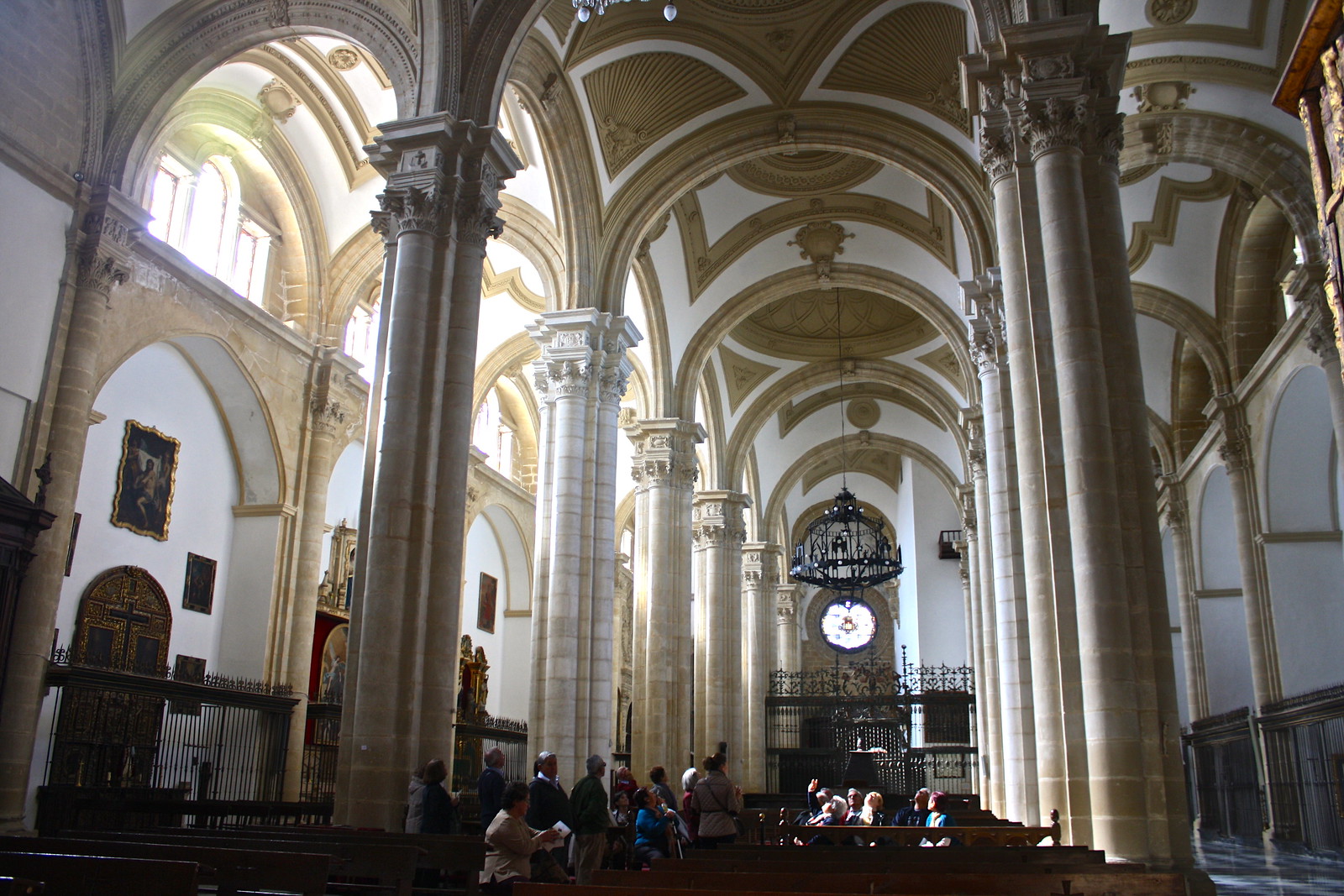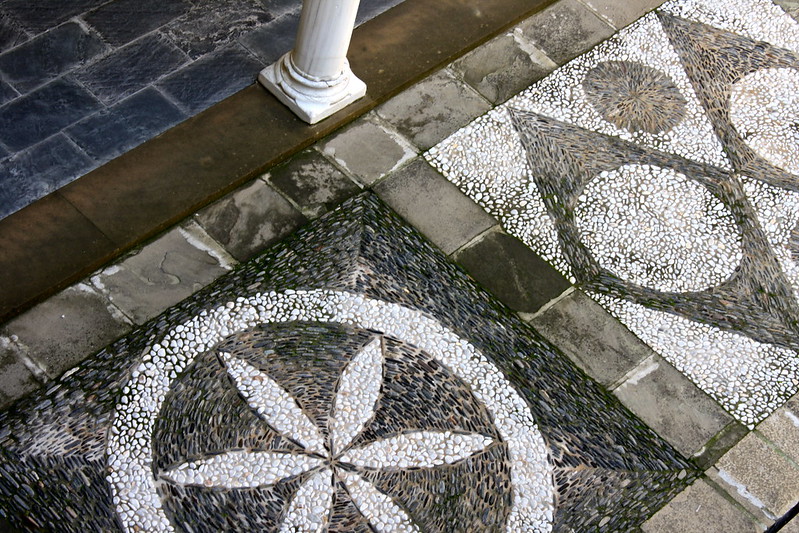Photo Post: The Cozy Renaissance Village of Baeza, Spain
 |
| Interior of Baeza’s cathedral |
I talk a lot about the Spanish town of Úbeda on this blog, and for good reason—I lived there for eight months, after all! But I have no reason for barely even mentioning next-door Baeza so far; forgive me! Pronounced “bah-AY-thah” [baˈe.θa], this village of a little over 16,000 is often thought of as Úbeda’s little sister mainly because of its shared Renaissance heritage. During the same time that idealized, stately palaces and churches were being built in neighboring Úbeda, similar structures were constructed in Baeza as well.
For example, the soaring local cathedral (whose bishop shares his seat or cathedra with the cathedral in Jaén) seems almost out of place in a village of this size, but its ethereal, light-filled interior will shoo away any misgivings you may have.
 |
| Winding street near the cathedral |
Like any good Andalusian city, its old core will make you feel like you’ve gone back to Moorish times—tortuous alleyways and quiet, arched streets make Baeza a true pueblo of the south.
 |
| Jabalquinto Palace |
The local university’s administration is housed in a magnificent Renaissance palace, the Palacio de Jabalquinto. On the outside, you can marvel at a highly-embellished plateresque façade, and on the inside, you can stroll around an ideal Mediterranean courtyard beneath cool, shady arcades.
 |
| Baeza and the countryside |
Don’t miss going up to the top of the cathedral’s bell tower. The staircase may feel claustrophobic, but the views of the heart of Spain’s olive oil country will free your spirit. Take in the scope of the town, nearby Úbeda, the Sierra Mágina mountains to the south and the Sierra de Cazorla to the east. And like an incoming tide, millions of olive groves fill in the gaps everywhere in between.
What was your favorite picture from this post? Are you inspired to spend a few hours (or days!) in Baeza when you pass through the province of Jaén in Andalucía? Tell me in the comments section below.

